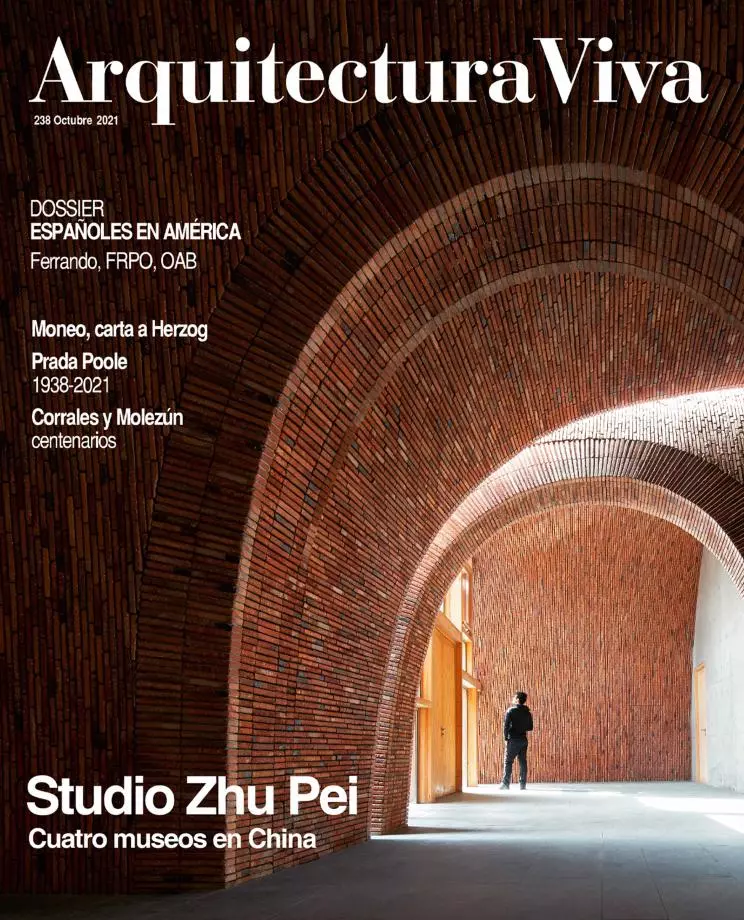
“One must be absolutely modern.” Since the time Rimbaud wrote this intimidating phrase in 1873, we have been turning it around in our heads. Also in architecture, which was quick to equip itself with the instrument it needs to make good judgments on its own modernity: critical distance.
Achieving this critical distance has essentially been a matter for historians. In recent decades, historians have deconstructed history-manifestos, inquiring into the contradictions of masters, exploring currents assumed to be heterodox, and unraveling the intricate, at times labyrinthine processes of cross fertilization between cultures and countries. The result is a more kaleidoscopic but also more truthful view of modern architecture; a view to which Jean-Louis Cohen, one of the great benchmarks of contemporary historiography, has contributed like no other.
Having curated landmark exhibitions like ‘Scenes of the World to Come’ (1995) or ‘Architecture in Uniform’ (2011) and given his version of the development of modernity in The Future of Architecture Since 1889 (2016), Cohen returns to academe with Building a new New World, tackling a thorny topic: the impact of ‘Americanist’ imagination on a country averse to simplification, ‘modern’ Russia.
Cohen drew from original documents, aided by his knowledge of Russian, to offer a splendid narrative, written with a force of persuasion that in large measure rests on a broad approach, breaking through Soviet avant-garde lines to cover Czarist Russia and Cold War USSR as well. The breadth of vision strengthens the book’s thesis: that Russian ‘Amerikanizm,’ whose themes and reasonings remained in force for a century, has to be fitted into the wider history of the influence of US culture on the construction of modernity. A thesis touched on in the 1995 show, which this book can be seen as a clincher of.
Illustrated with extraordinary images, Cohen’s story begins with the World’s Columbian Exposition held in 1893 in Chicago, which marked the emergence of the United States as a global technological power, and bore the seed, says the author, of the ‘Americanism’ rhetoric and its accompanying semantics: machinism, the ideology of the pioneers, urban utopism, verticalism. A rhetoric then echoed by intellectuals of Czarist Russia, and which formed the conceptual core of the Soviet avant-gardes. Admirably described by Cohen, the Americanism of the avant-gardes had a political pole in the adoption of machinism and the emulation of verticalism – the red skyscrapers – but also a practical pole in the intensive help that Soviet industry, for its modernization, received from US technocrats; an alliance intensified during World War II, to then give way to hostile antagonism. And so arose the opposite rhetoric, anti-Amerikanizm, which embraced the Soviet nomenklatura before drowning in the dark times that preceded the 1989 fall of the Berlin Wall… A fascinating history of reflections and distortions that traces the image of Russia and that of modernity itself.






